Dear Sir,
The article “Anything, Anywhere, Anytime” (July 2002) about the Air Transport Command (ATC), written by Sam McGowan, was excellent. After the RAF airfield at Myitkiyna was captured by the Japanese in March 1942, Hump aircraft had to fly the northern higher, more dangerous route. The 10th Air Force’s 51st Fighter Squadron had a hundred P-40s to patrol the Hump and protect the bases. At Chabua we had more than three aircraft return with bullet holes.
Flights over the Hump were considered the same as combat missions and the crews were awarded the Air Medal and Distinguished Flying Cross plus Oak Leaf Clusters.
At the Trident Conference in Washington, DC, in May 1943, the world leaders initiated Project 7 and the use of C-46s to increase freight tonnage, flown from India to China by the ATC. We flew to Chabua, Assam, India, as part of the project. Chabua was the headquarters field for the eight ATC bases. Tonnage was low until the bugs were worked out of the C-46, but in December 1943 we surpassed the goal set by the president and the ATC was awarded the Presidential Unit Citation. ATC aircraft were used on air drops in Burma. After the invasion of India in March 1944, ATC along with Troop Carrier provided the initial relief to the British troops surrounded by the Japanese at Imphal and Kohima, plus provided the aircraft to evacuate Kweilin, China.
A C-47 of ATC’s Search and Rescue squad was the only transport credited with the kill of a Japanese Zero (Oscar) and proudly flew the Japanese flag painted on its side. On a mission into Burma they came across a Zero that had landed because of engine trouble. The ATC plane strafed the Zero with a Bren gun from the open cargo door and set it on fire while the Japanese pilot ran for cover.
After the Myitkiyna airfield was captured by General Stilwell’s troops in May 1944, the U.S. aircraft, now safe from Japanese fighter attacks, could fly the lower southern route.
Randy Gaum
Gaithersburg, Maryland
Dear Sir:
Your article, “Anything, Anywhere, Anytime” in the July 2002 issue was very good.
The ATC did a great job for the war effort. However, I was disappointed that there was no mention of the Combat Cargo Group that supplied Merrill’s Marauders and Chinese troops in Burma. Our outfit, the 329th Airdrome SQ, which was based in Assam and later Burma, air dropped supplies in C-47s to the above-mentioned troops. The Combat Cargo Group was the only supplier of food and ammunition to the soldiers who recaptured Burma.
Sincerely,
Paul A. deNapoli
Marblehead, Massachusetts
Dear Editor:
Regarding your profile on General Stilwell (September 2002) and how he earned his nickname “Vinegar Joe.”
On August 24, 2000, after a long petition campaign by many individuals, General Stilwell was the first selected to be honored with a U.S. postage stamp of a new series titled “Distinguished Americans.” In one of his many letters to the Citizens’ Stamp Advisory Committee, Colonel (U.S. Army, ret.) John E. Easterbrook said he wanted to be sure the committee understood how his grandfather got his nickname.
He said it happened in the early 1930s when his grandfather was Chief of the Tactics Section at the Infantry School, Fort Benning, Georgia. He would often observe and critique the field exercises. One day a student officer tried to bluff his way through a recon report, a report that could easily result in the unnecessary loss of lives, and Stilwell was quite vocal to ensure the point would never be forgotten by the officer or the other students.
The next day, a drawing appeared on the bulletin board. It pictured a vinegar bottle with a caricature of then Major Stilwell on its front and a caption underneath: “There is poison in your bowels.” The class held its breath, expecting the major to reprimand the responsible officer severely. But of all those who saw it, the person who appreciated it the most was Stilwell. He asked the young officer if he could keep the original, had photographs made, and sent them to his friends. From then on he was Vinegar Joe.
Sincerely,
Edwin C. Larson, MSgt. USA (ret.)
Pacific Grove, California
Dear Editor:
As a Living Historian and a frustrated former history minor in college (back in 1977 there was no History Channel or the number of magazines like WWII History), I always look for history magazines that deal with American involvement, especially in World War II.
Recently, I picked up your July 2002 issue since it contained an article on “Doolittle’s Daring Raid.” This is especially important to me because of my involvement with the American Airpower Museum at Republic Airport on Long Island, New York. My Dad was a navigator in the 8th Air Force and flew a B-24.
All our planes still fly.
The reason I am writing is to clarify the name of the airfield where Jimmy Doolittle flew on Long Island. It is a common error. The movie Pearl Harbor contained the same error. In the beginning of the movie, Ben Affleck and the other actor [Josh Hartnett] were flying into Long Island. The Art Deco fence had the name Mitchell Field just as you had it spelled on page 41 in the sidebar about Jimmy Doolittle.
The correct name of the airfield is Mitchel Field (one L). Many people, including those in Hollywood, think it was named after the great aviator General Billy Mitchell. It was not. It was named after the former mayor of New York, who after leaving office joined the Signal Corps (Aviation Unit) at a very old age (old by military standards). During WWI he was killed in an accident while flying. The field was named after him.
People also make the common mistake of thinking that Roosevelt Field (it’s now a shopping center), part of the area that includes Mitchel Field, was named after President Teddy Roosevelt. It was not. It was named after his son, Quentin Roosevelt, who like Mayor Mitchel joined the fledgling Army Air Corps and died during WWI.
If I can ever help with your publication, I would be most grateful. Please visit our museum if you are ever in the area.
Sincerely,
Raymond P. Gallagher
Rockville Center, New York
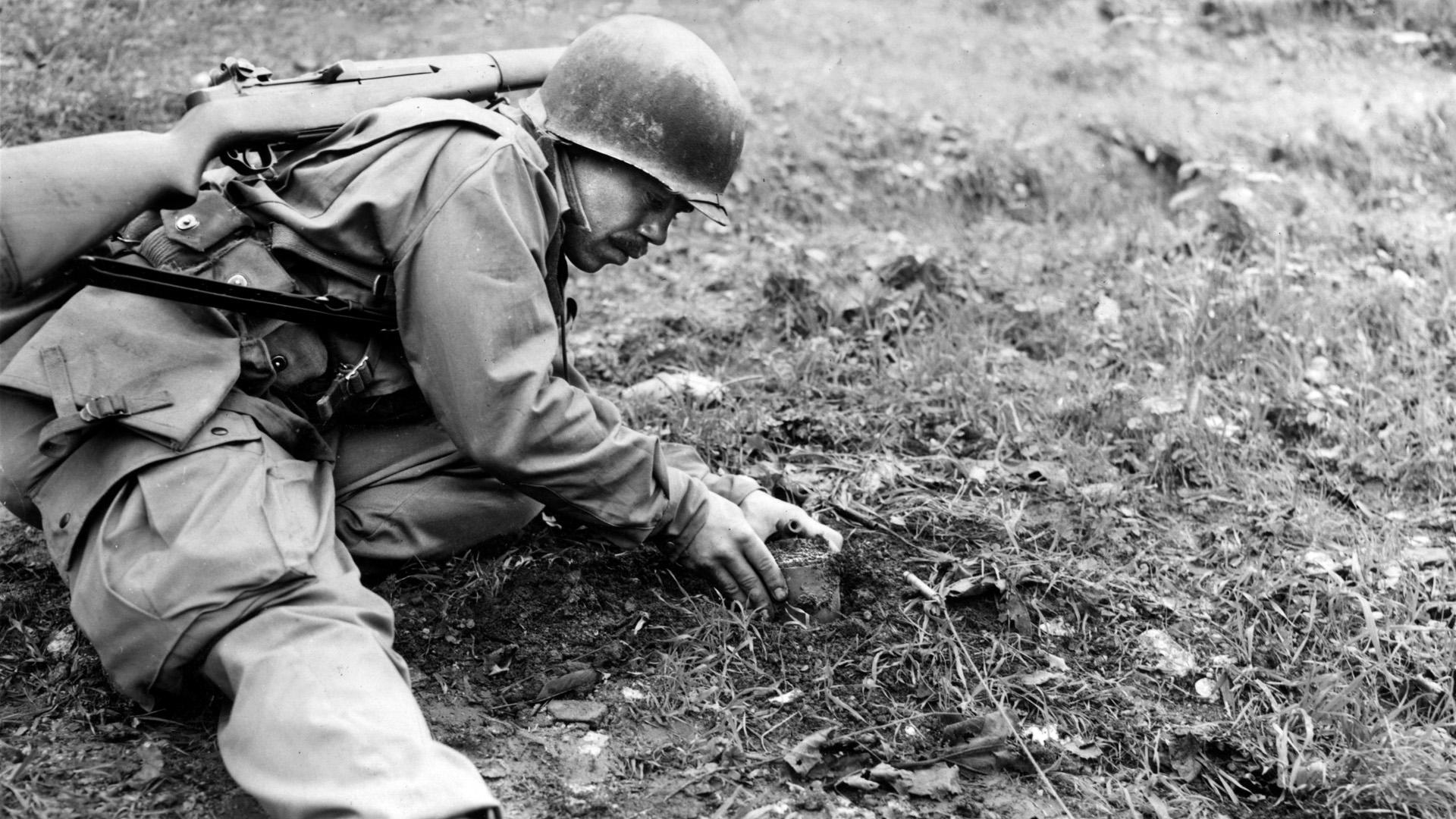
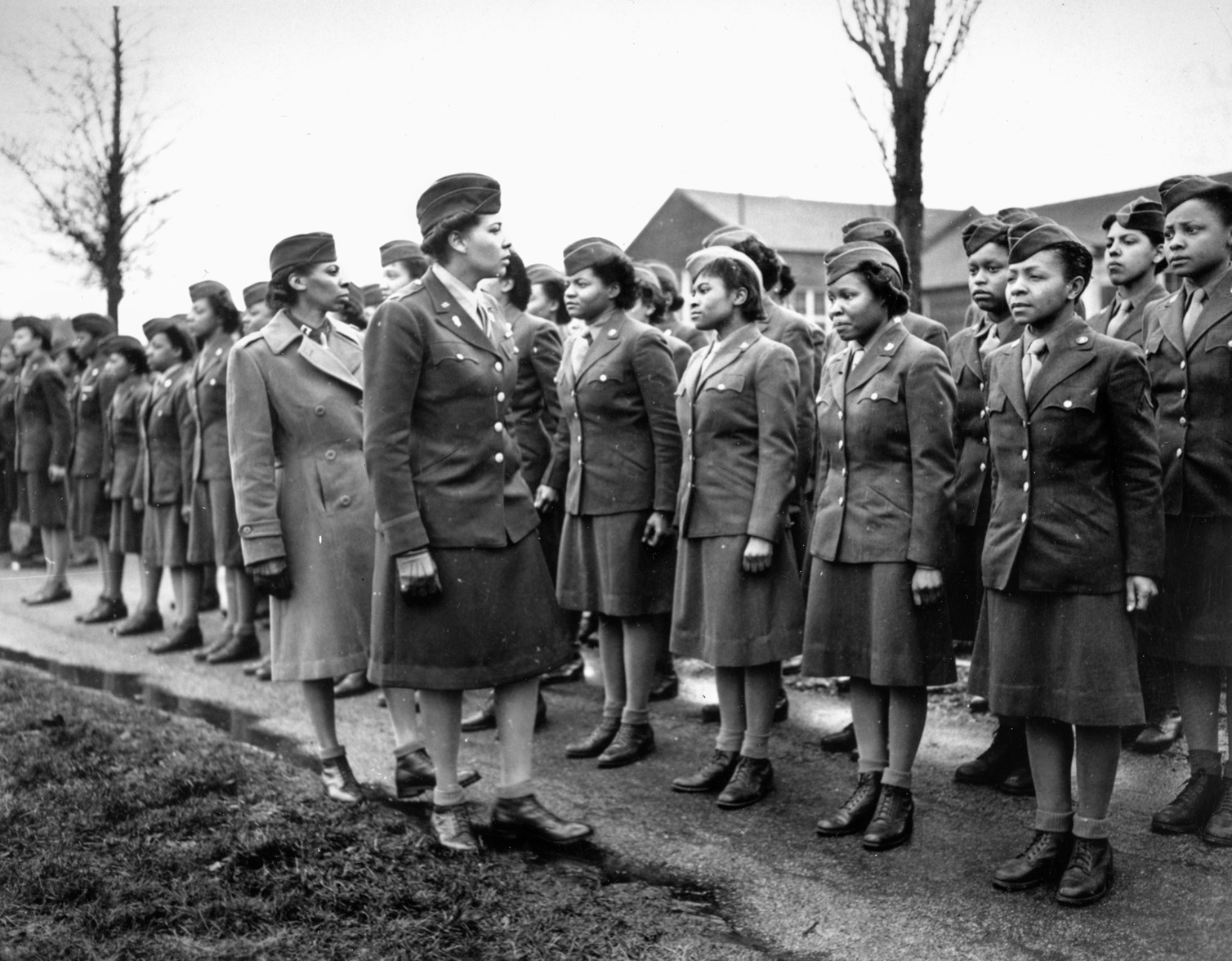
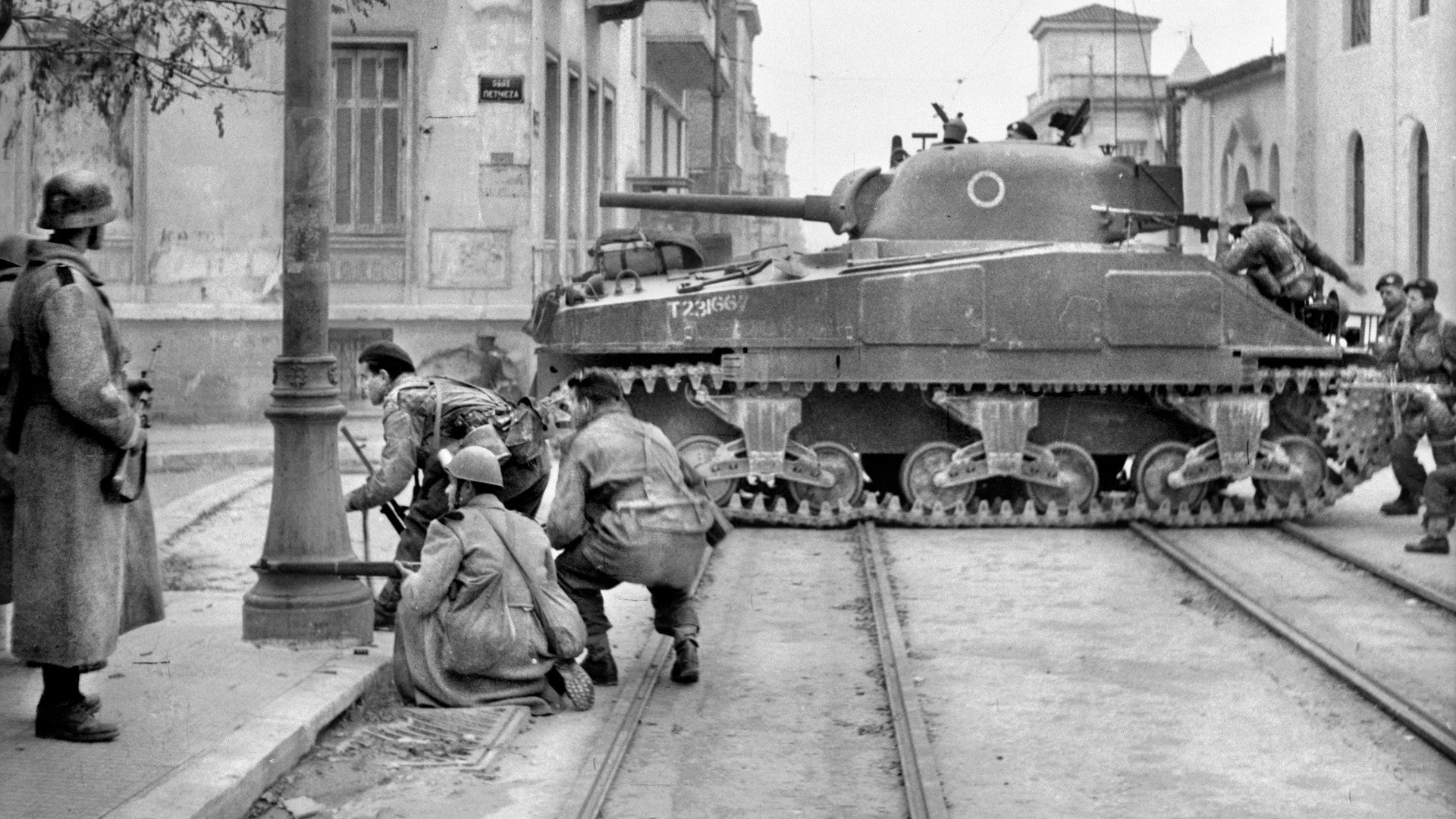
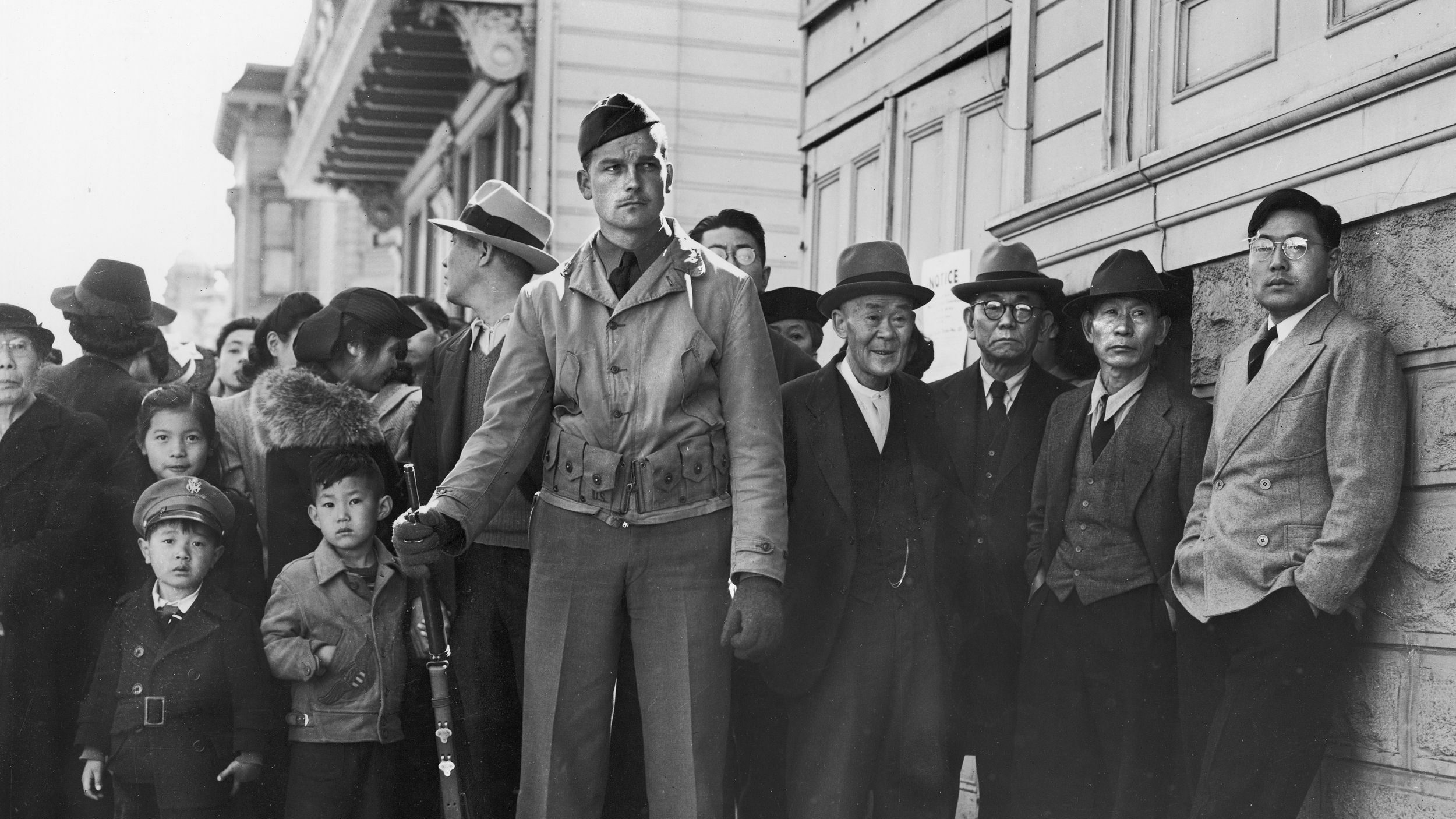
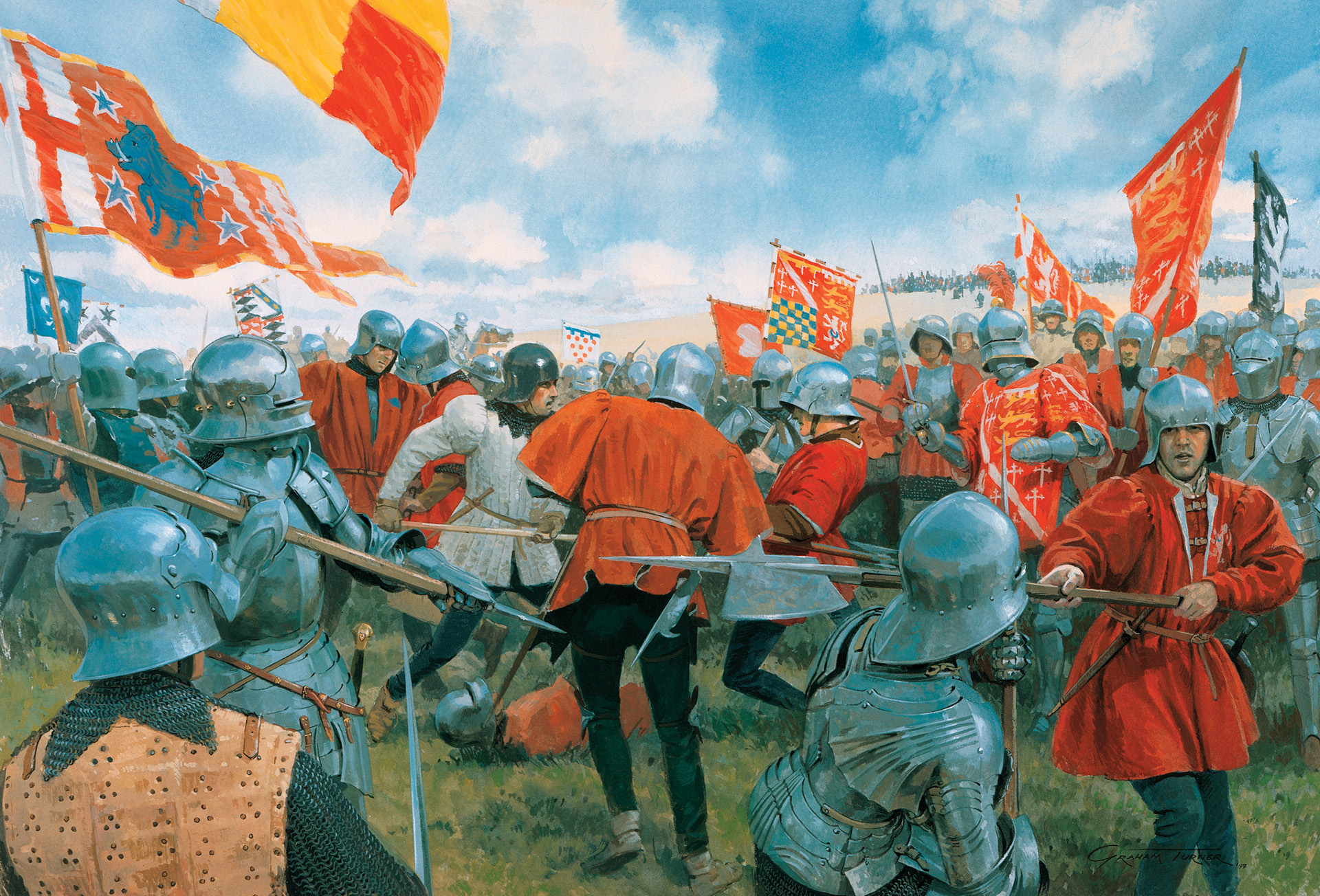
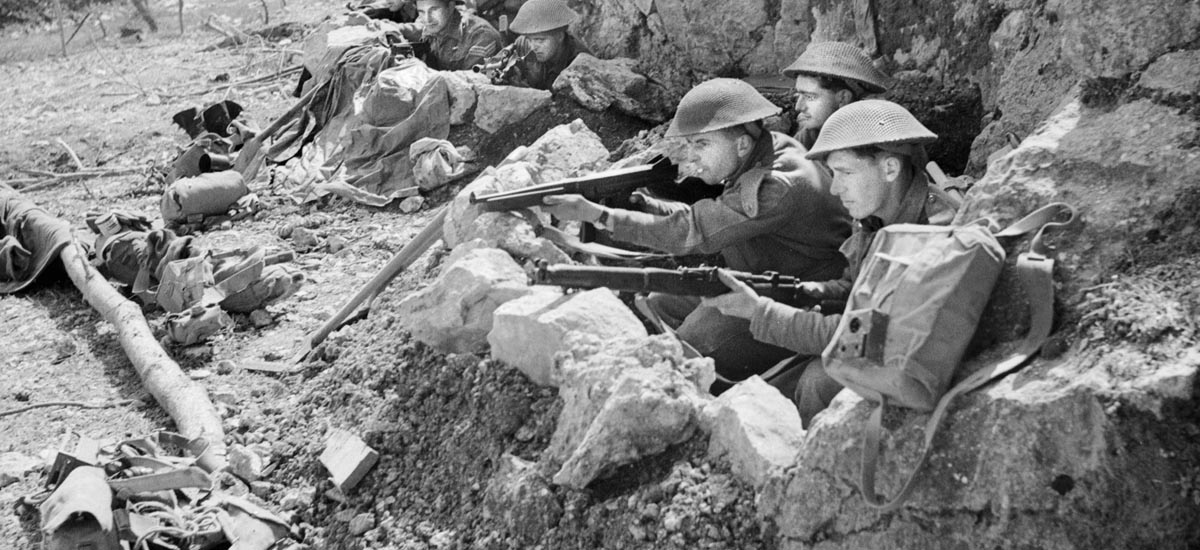
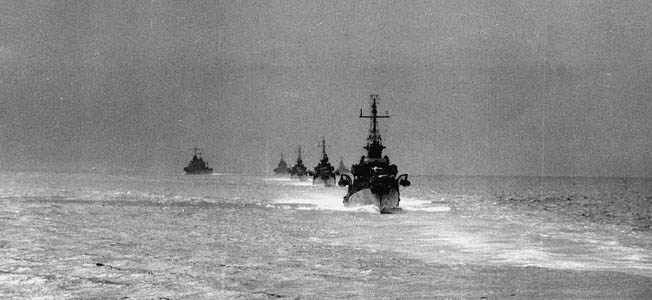
Join The Conversation
Comments
View All Comments